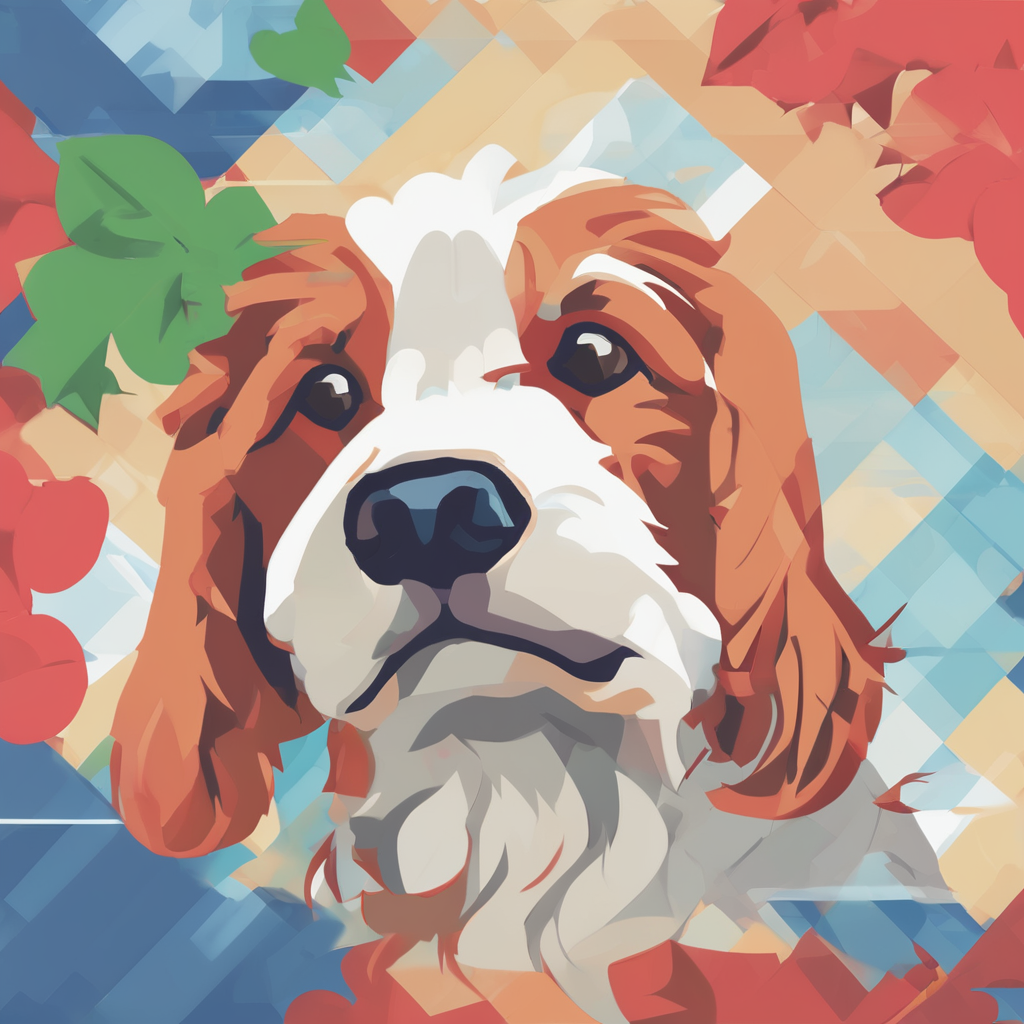Historical and Cultural Roots of the Cat’s Mystique
Cats have long held a unique place in human history, viewed as mysterious animals that bridge the natural and supernatural. The concept of cat symbolism history begins prominently in Ancient Egypt. There, cats were revered not only as protectors against vermin but also as spiritual guardians embodying grace and divine power. Egyptians linked cats to goddesses like Bastet, whose protective and nurturing aspects elevated cats to sacred status.
Moving to European folklore, cats took on more ambivalent roles. Often associated with witchcraft, black cats were viewed with suspicion, believed to accompany witches or even serve as their familiars. This belief underscored the cat’s aura of mystique and linked it firmly to the mysterious animals category, blurring lines between superstition and reverence.
Avez-vous vu cela : Optimized Nutrition for Cats with Liver Disease: Creating the Ideal Balanced Diet for Their Special Needs
Globally, diverse cultures contribute to this complex image. From Asia to the Middle East, cats symbolize luck, protection, and sometimes otherworldliness, reflecting the rich tapestry of cats in ancient culture. These enduring associations shape our ongoing fascination, molding cats as enigmatic creatures simultaneously admired and feared through time.
Behavioral Traits That Contribute to the Enigmatic Image
Cats possess a unique blend of solitary and nocturnal habits, fueling the common perception of them as mysterious creatures. Their tendency to be active at night and often retreat into quiet, hidden spaces aligns with human associations of secrecy and enigma. This natural rhythm, deeply ingrained in feline psychology, contrasts sharply with more socially driven animals, making their behavior less predictable and more intriguing.
A lire aussi : Spotting Cat Diabetes: Key Symptoms and Effective Care Strategies for a Healthy Feline
Another factor driving the fascination is their unpredictable actions. Cats often shift from affectionate to aloof in seconds, keeping owners guessing. This spontaneity adds a layer of allure, as observers strive to decode their intentions. Instead of straightforward, consistent responses, cats display behaviors that can seem contradictory, contributing to the “why cats are mysterious” question.
Communication further intensifies their enigmatic image. Feline psychology reveals cats use body language and vocal ambiguity rather than clear verbal signals. Subtle tail twitches, ear movements, or soft purring can carry multiple meanings depending on context. This nuanced communication creates an aura of subtle complexity. Understanding these behaviors demands careful observation, emphasizing the depth beneath the surface of cat behavior mystery.
Symbolic Meanings of Cats in Myths and Folklore
Exploring the rich symbolism and mythology tied to cats across cultures
Cats in mythology often appear as guardians or omens, embodying mysterious powers that intrigue human imagination. Around the world, cats symbolize protection—some myths portray them as watchful watchers warding off evil spirits. Japanese folklore features the bakeneko, a cat with supernatural transformation abilities, highlighting the cat’s connection to the otherworldly. Similarly, Norse tales depict the goddess Freyja’s cats pulling her chariot, linking cats to fertility and fortune.
Transformation tales are common in cat myths worldwide. Cats sometimes shift between human and animal forms, underscoring their liminal role between natural and supernatural realms. These stories reveal how cultures view cats not merely as pets but as beings with magical essence.
Black cats in particular have a complex role in cat symbolism. While some cultures see black cats as harbingers of bad luck or witchcraft, others regard them as protectors or bringers of good fortune. This duality in cat symbolism reflects deep-rooted superstitions that persist today, illustrating the enduring fascination and varied interpretations of cats in mythology worldwide.
Cats in Art, Literature, and Modern Media
Cats have long captivated human imagination, frequently appearing in cats in art as symbols of mystery and independence. Throughout history, artists have portrayed cats not only as companions but also as mysterious muses. From ancient Egyptian statues honoring feline deities to surrealist paintings, cats embody both elegance and enigma.
In cats in literature, these animals often emerge as enigmatic characters that deepen narratives. Classic works feature cats that possess almost mystical qualities, reflecting their curious yet aloof nature. For example, literary cats can symbolize wisdom, cunning, or even otherworldly insight, embodying layers of meaning that resonate with readers on different levels.
Modern media continues to reinforce the mysterious cat trope in film and television. Popular culture frequently showcases cats as clever, stealthy, or magical beings, enhancing their reputation as creatures who observe from the fringes yet influence stories profoundly. This presence in cats in popular culture not only entertains but also perpetuates the allure of cats as iconic figures bridging reality and imagination.
